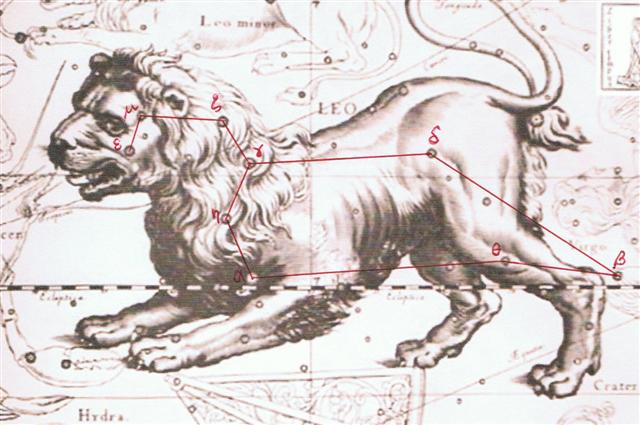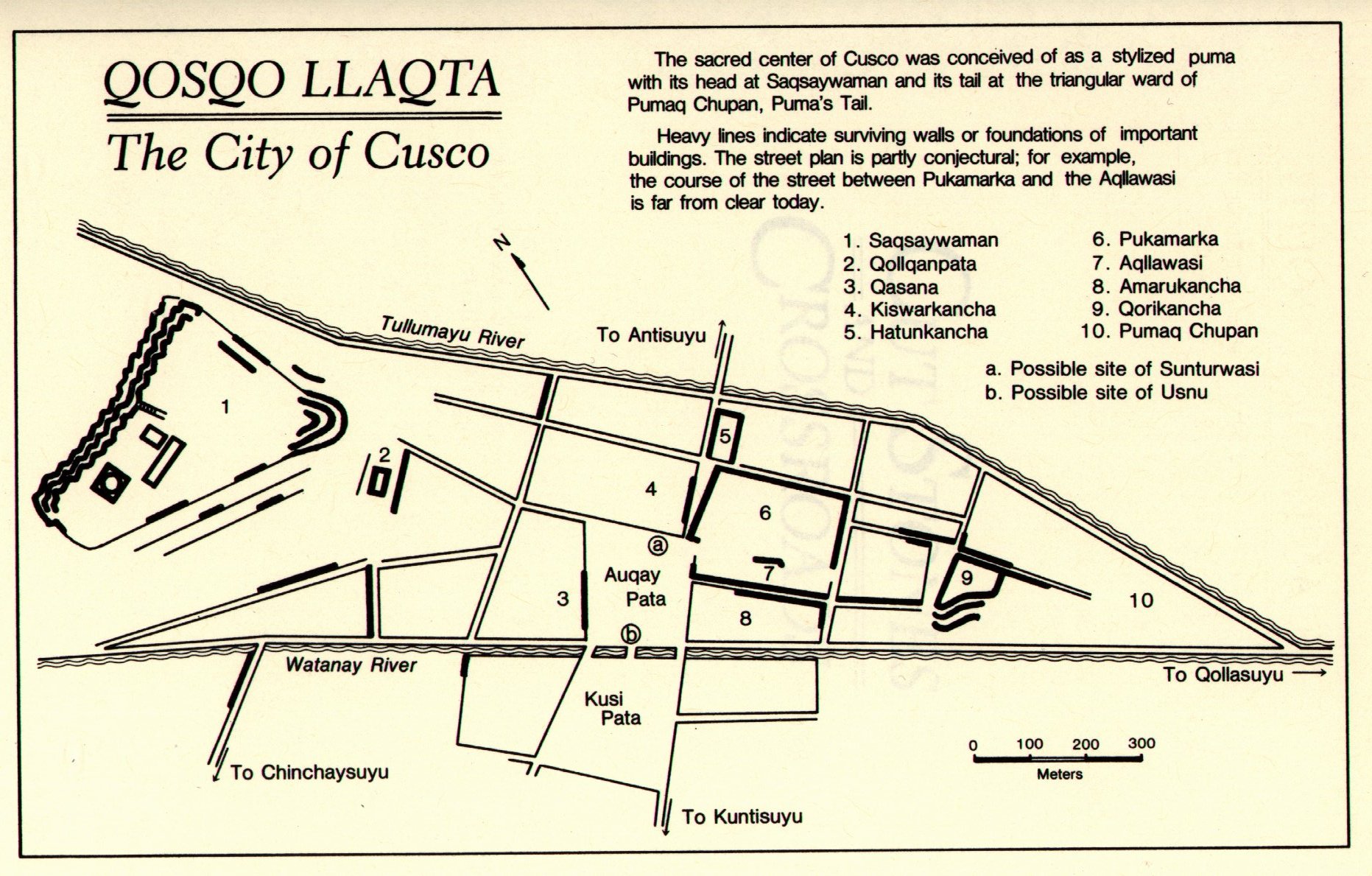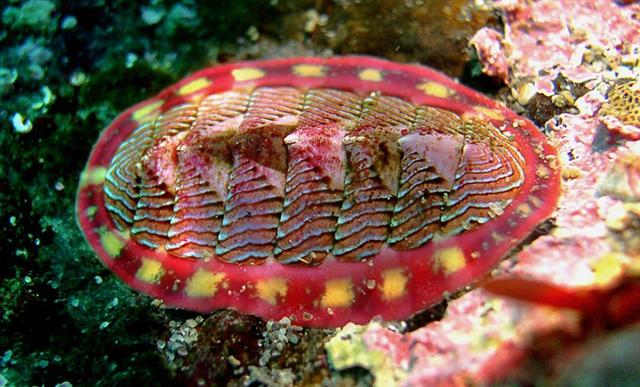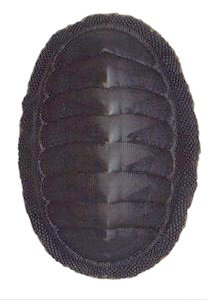The creator of the G text may for Ga4-27 have measured out 6 * 29 = 174 glyph positions counted from 0h in order to pinpoint nakshatra March 13 as the last day for the Sun - when he was closing down the day before 3-14. Henua has been drawn with its top end going down and 'August 15 was day 227 (alluding to π). The preceding peculiar vaha mea has its powerful central limbs cut open, as if to indicate how the Sun had no more life to give. The pair of ο Centauri stars are far down, with ο¹ at declination 59º 27' S.
In rongorongo times the first Greek lettered star in the Centaur, π, rose with the Sun in September 9 and according to my suggested star calendar the date would have been 'February 12 (408). 355 + 80 = 435 = 15 * 29. 408 ('February 12) = 435 (March 11) - 27.
(NGC 7662 Andromedae, the Snowball Nebula) The pair of black mama glyphs beyond the line from Zosma (δ Leonis) to Coxa (θ Leonis) probably signified the beginning of the last sloping down part of the journey of the Sun.
Twice 6 = 12 upside down inside wedge marks could suggest the fate of the old year, with the daytime colours leaving and only different shades of greys remaining. ... the first month of the Moriori year, was named Rongo (Lono). On the first of the new year the Moriori launched a small canoe to Rongo, although they built and used only rude craft for their fishing excursions. The canoe was manned by twelve figures symbolizing the personifications of the twelve months. Sometimes twenty-four figures were placed in the canoe, and Skinner interprets the additional twelve as representing the female counterparts of the months. As an old Maori once remarked. 'Everything has its female counterpart.' ... A curious diversion appears in the month list of the people of Porapora and Moorea in the Society Islands, which sheds light on the custom of the Moriori who sometimes placed 24 figures in the canoe which they dispatched seaward to the god Rongo on new years day. The names of the wives of the months are included, indicating that other Polynesians besides the Chatham Islanders personified the months ... Such ideas may have been part of the common human heritage: ... Raven began to search for the girls. For it is the way of things in the world that there are both males and females of every creature. Somewhere there must be girls. Raven searched and searched. Under logs and behind rocks, he looked. But he could not find the hiding place of the first girls. But as he searched, the tide was going out, and as it reached its lowest, the Raven spotted some giant Chitons clinging to the rocks. These giant shell fish had but one shell, fastened tightly to the rocks with huge soft lips around their edges. Raven pried one loose with his beak. And there inside was a girl. He pried off another, and another, and another in each was a girl. They were very similar to the creatures he had found in the clamshell, but more like the Chiton, softer and rounder, in contrast to the hard shell and strong muscles of the clam. And these were just as frightened of the Raven. He gathered them onto his back with difficulty, and brought them to the boys he had found in the clamshell ...
Rogo at Gb6-26 is 408 positions from the beginning of the text and probably was placed at 0h (in rongorongo times) in order to indicate the beginning of the current year. But the star calendar would not have pointed at 'February 12 (408 = 17 * 24) but at 'August 24 (236 = 4 * 59).
|
|||||||||||||||||||||||||||||||||||||||||||||||||||||||||||||||||||||||||||||||||||||||||||||||||||||||||||||||||||||||||||||||||||||||||||||||||||||||||









